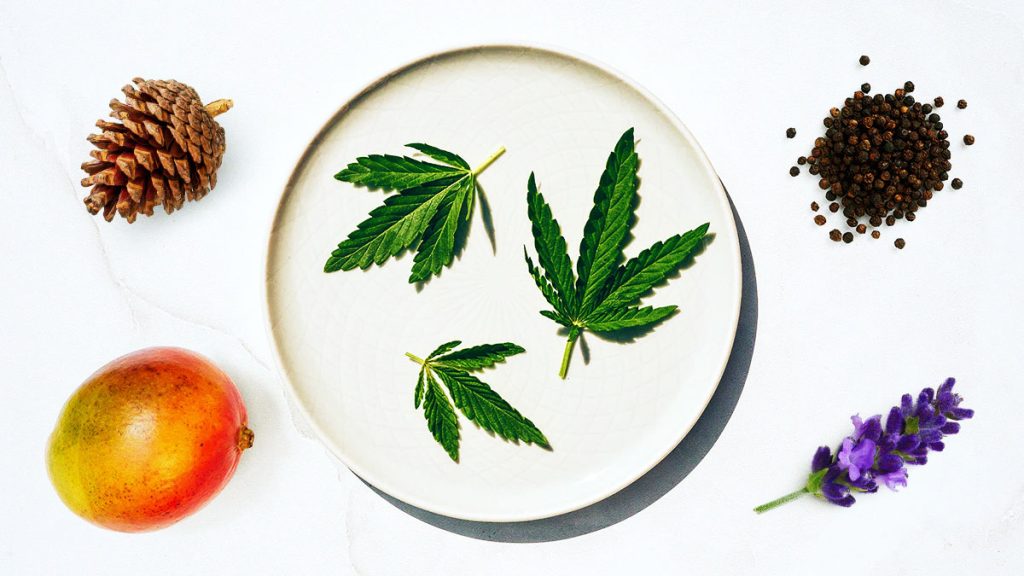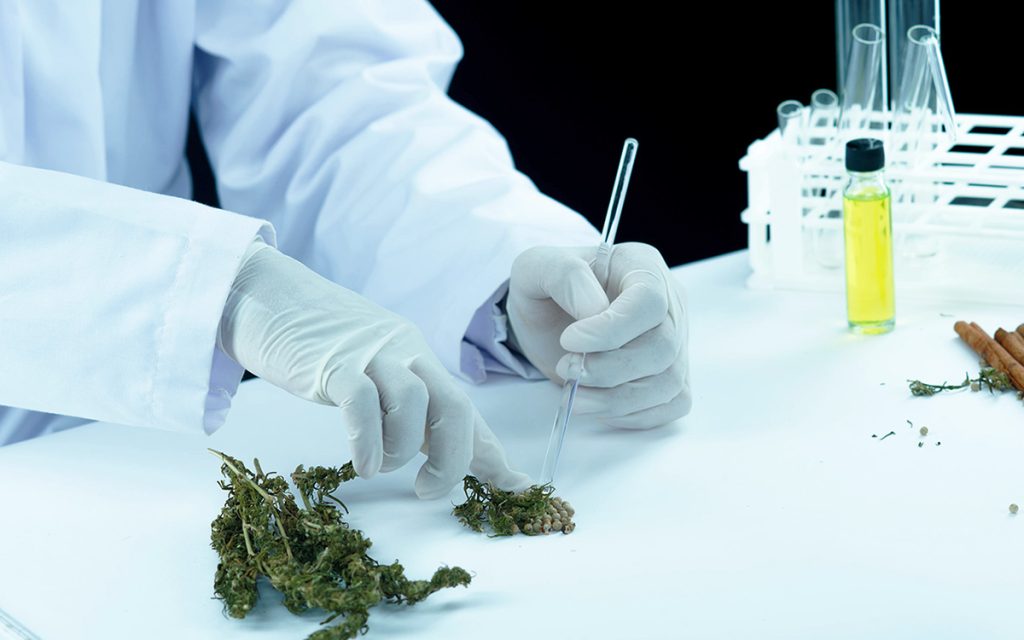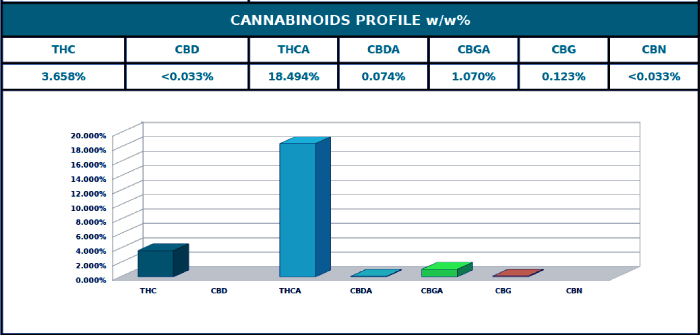When you see the numbers on the labels of your favorite cannabis strains, have you ever wondered what they actually mean? What is implied when it’s stated that the genetics contain a certain percentage of THC or CBD? These cannabinoid and terpene values aren’t just random figures; they’re akin to the DNA of your cannabis. In this article, we aim to explain why this is important!
When you choose a strain with a high content of certain cannabinoids or terpenes, you’re essentially deciding the kind of experience you want to have. This can relate to both the psychoactive effects and the taste and aroma of the buds. Whether you’re seeking a euphoric state or a relaxing effect, these numbers will help you find the perfect strain for the right moment.
Now, let’s delve into what these figures actually mean and what you can expect from them.
Cannabinoids and Terpenes in Cannabis

Let’s start with where the magic of cannabinoids and terpenes in the cannabis plant begins. These amazing compounds are formed in tiny natural factories that can be likened to miniature chemical laboratories. Cannabinoids like THC and CBD are produced in microscopic structures known as trichomes—these are the shiny resin glands that cover the flowers and leaves of the plant. Within the trichomes, the synthesis and storage of the very compounds associated with cannabis and responsible for its effects, aromas, and flavors occur.
So, the next time you see a cannabis flower with those shiny glands resembling tiny candies, remember that it’s within them that the magical molecules that make cannabis so unique are born. However, it’s important to understand that the cannabis plant cannot produce trichomes indefinitely—its capacity is limited by certain environmental and genetic factors. This is why one plant might have fewer trichomes than another, which is reflected in the levels of cannabinoids and terpenes.
However, be cautious: the number of trichomes is not always directly related to the level of cannabinoids or terpenes. Sometimes, a plant with less resin may have a stronger effect or a more intense aroma than others. This is why some cannabis strains are preserved as clones like a treasure—their unique cannabinoid and terpene profile is so rare that people strive to retain these qualities, which are not easily replicated.
Cannabis Testing: What It Is and What Information It Provides

When you’ve wondered how scientists determine what’s actually in your herb, you might be curious about the methods they use. There are many ways to analyze cannabinoids and terpenes in cannabis—from simple home methods to complex laboratory testing machines. Let’s take a look at some of them.
Methods of Analysis for Obtaining Data on Cannabis

One method is the Beam test. The name sounds like something from a science fiction movie, but it’s actually a way of measuring the absorption of ultraviolet light by cannabinoids. While this method is fairly simple, its accuracy leaves much to be desired, so it is most often used to determine if the plant contains a high level of CBD.
The next method is thin-layer chromatography, which allows for the separation and identification of various compounds in a cannabis sample. The main advantage of this method is that it can detect more cannabinoids compared to previous methods. However, as before, this method is more suited for general assessment rather than precise measurement of these compounds.
Then there’s infrared spectroscopy. Although the name might remind you of Bruce Banner’s experiments, it’s actually a method that uses infrared light absorption to identify compounds. You may have seen portable devices that can analyze buds in just a few seconds—these are most likely infrared analyzers like Neospectra.
For more precise measurements, there’s high-performance liquid chromatography (HPLC)—a method that allows for highly accurate separation and measurement of cannabis components. And finally, gas chromatography, despite its name, has nothing to do with gases in the everyday sense. It is one of the most accurate techniques used by scientists to analyze cannabinoids and terpenes in cannabis samples.
As you can see, there’s an entire arsenal of scientific tools working to accurately determine what’s inside your favorite herb!
Attention! Carpathians Seeds does not encourage or support cannabis cultivation. Cultivation is prohibited by Ukrainian law. This article is solely for scientific and informational purposes.
Recommended Products:
